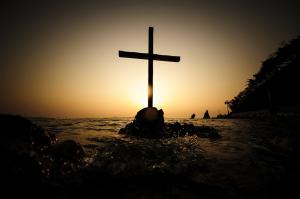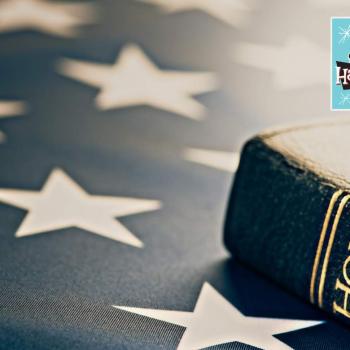
The death of Jesus is not unlike the sacrificial deaths of the prophets before him, as well as those who come after. In fact, Jesus recognizes this, when, in Luke 11:51, he ties his imminent death directly to those of Abel and Zechariah, giving evidence to how violence, as 6th century BCE Greek philosopher Heraclitus argued, is indeed humanity’s logos, or “structuring principle of reality.” But the death of Jesus is unique as well, for it undoubtedly exposes where innocence truly lies: with the scapegoated victim. It does this by taking sacrifice from the sacred place—in the temple, behind the curtain—to the public space, “outside the city gate” (Hebrews 13:12). And when this happens, the veil becomes torn and the powers and principalities are exposed for the satanic systems that they are. Or, as St. Paul puts it, “a public example was made of them”(Colossians 2:15—my paraphrase).
So, with all eyes fixed on this public event, what is the divine response to the murder of God’s innocent son? “Father, forgive them; for they know not what they are doing” (Luke 23:34). Here, Jesus separates intent from action, which speaks directly to the blindness we structure our systems of power with. And in doing so, Jesus reveals both an anthropological truth, as well as a theological one. While humanity’s “logos” has always been violence—beginning with the blood of Abel—God’s is the non-violent Christ, revealed most fully in the dying, forgiving Jesus.













